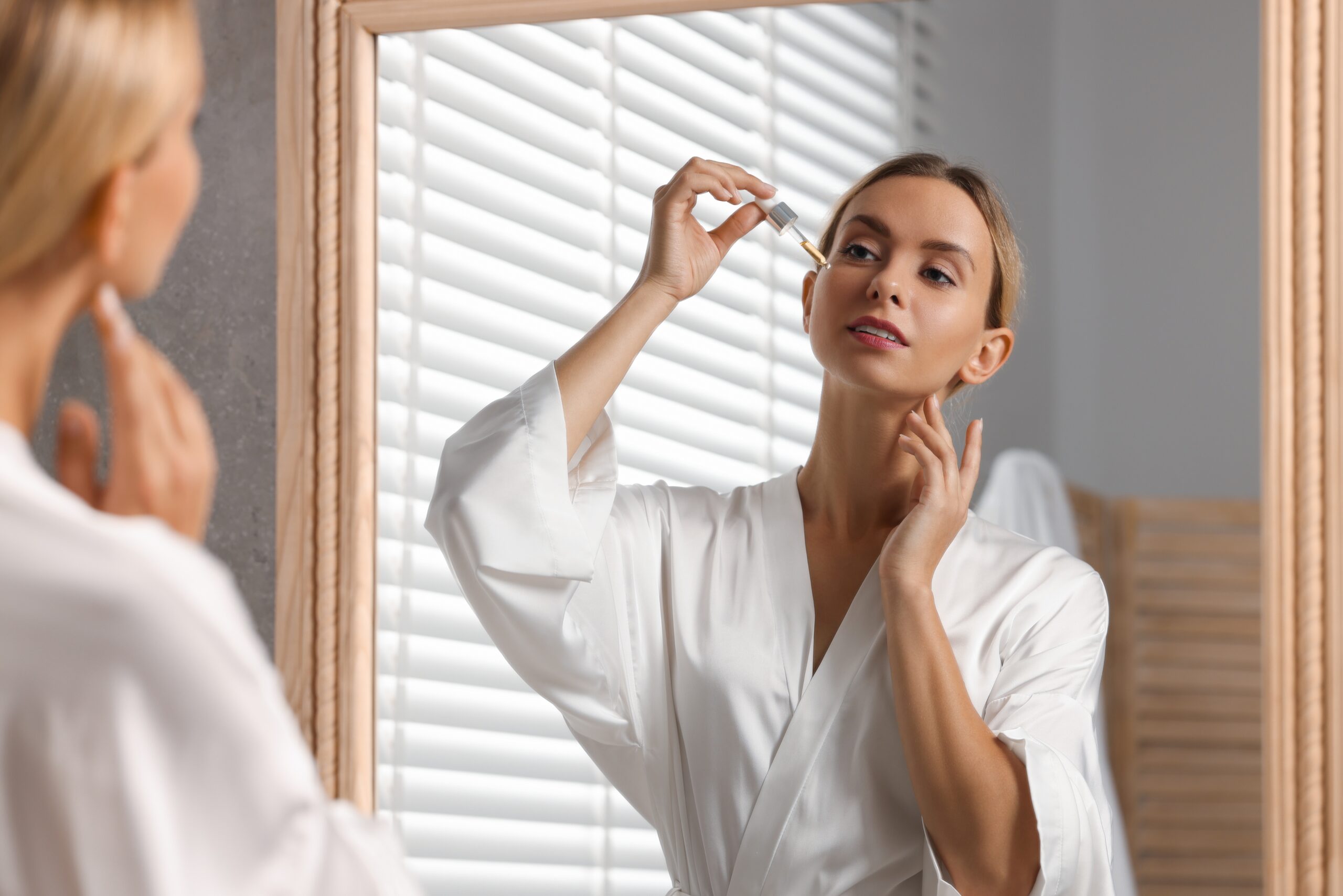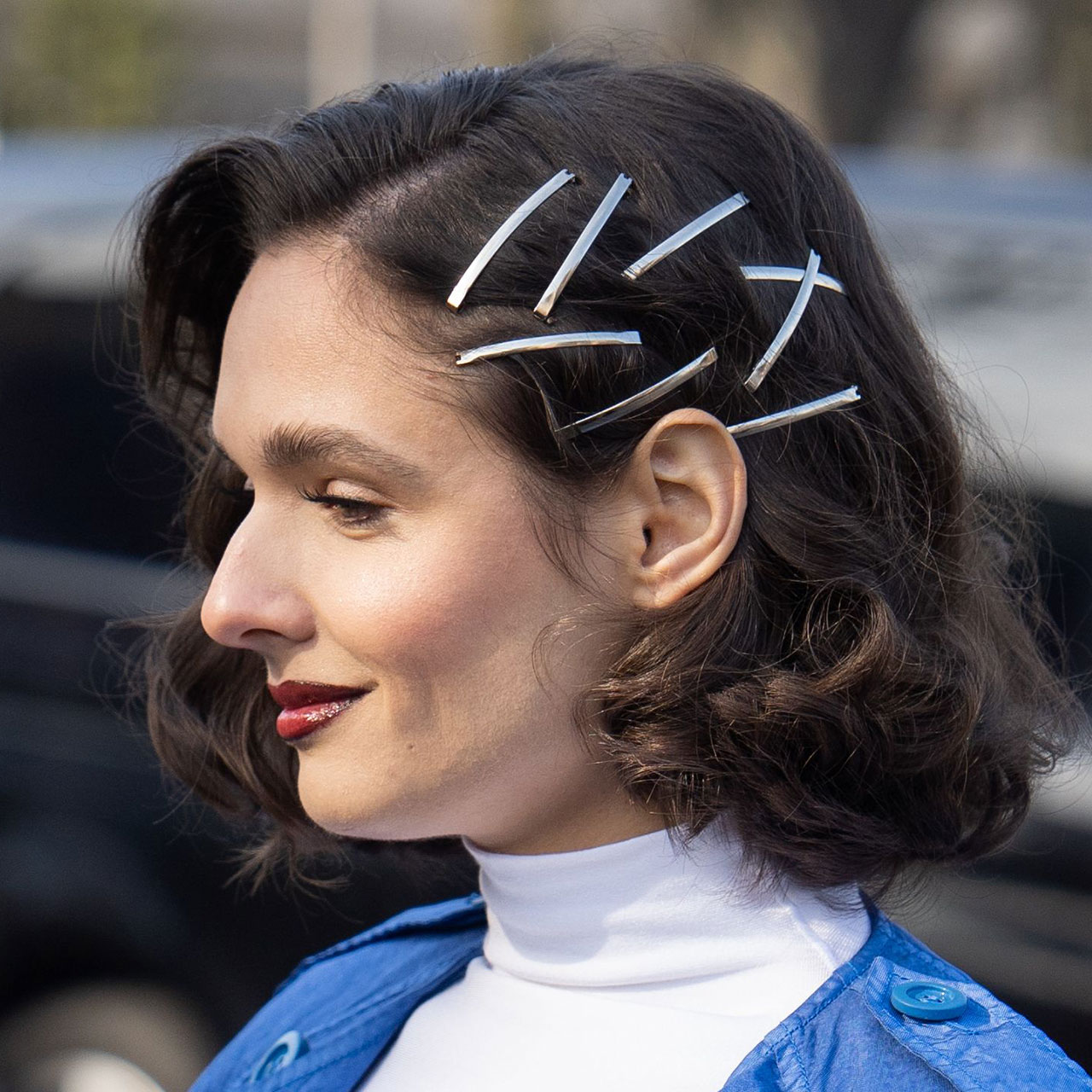One of the most compelling and interesting trends to emerge on TikTok as of late is ‘reverse hair washing,’ or a regimen that encourages taking your typical haircare routine and flipping it upside-down. In other words, many people on the app are conditioning before shampooing in the shower and sharing their results (with the words ‘reverse hair washing’ garnering up to 110.4 million views). Many users with ultra-fine, thin or thinning tresses are raving about the trend, so we checked in with professional hair stylists, beauty and hair loss experts to learn more about what reverse hair washing could mean for your locks.
Read on for tips, suggestions and advice from Ghanima Abdullah, hair expert and cosmetologist at The Right Hairstyles, Jamie Wiley, professional hair stylist and Global Artistic Director of Pureology, Cody Renegar, celebrity hair stylist and Lauren Udoh, hair stylist and Hair Creative Director of WigReports.
@beautybypriscila1 Rever Hair Washing Method For Oily & Thin Hair #reversehairwash #hairwashingroutine #reversehairwashingmethod #thinhair #morevolume #hairtips #hairtipsandtricks #longhair #oilyhair ♬ Elevator Music – Bohoman
So, What Does Reverse Hair Washing Entail, And Why Is It Popular?
While other hair trends on TikTok might have elusive or cryptic names (like ‘slugging’ or ‘wolf cuts’) this trend refers to exactly what it sounds like— reversing the way you typically wash your hair in the shower. “Reverse washing is the technique of conditioning first and shampooing second,” Wiley explains, dubbing it “something that may feel strange at first but has numerous benefits for the right hair type.” This trend, she adds, is “ideal for those that have thin or fine hair as well as oily hair and scalp.” Conditioning first and shampooing second will “actually remove the weight” of the conditioner, she notes, so that styling “gives lift and movement” to otherwise limp hair.
As for its popularity, Abdullah says people who practice this technique might be finding that it’s a “much gentler way to shampoo” thinner hair. “If your hair is frail, reverse washing can help keep your hair from drying out or breaking off too much during the shampoo process,” she says. This, Abdullah adds, is because it’s “sort of like a deep conditioning treatment that’s also done before shampooing, only for less time.” As conditioner leaves a film on the hair, this can help prevent your shampoo from drying out your tresses. Like shampoo, Abdullah says that conditioner contains surfactants, mild ones, that help cleanse the hair. So, “if you add a little water and squeeze your hair while the conditioner is in,” you’ll probably create bubbles. When you rinse, it’s “almost as if you’ve cleansed once already,” she says. Then, the shampoo is just going to wash out the residue from the conditioner, along with any remaining dirt and oil.
@galkrohn I saw hair queen @audreyvictoria_ try this & I’m intrigued #hairtok #hairwash #haircareroutine #hairroutine #shampoo ♬ MMM MMM (feat. ATL Jacob) – Kali
How Can You Reverse Wash Your Hair For More Volume?
With that said, Wiley explains exactly how to reverse wash your hair and how often, whether you have thinner hair or thicker hair as both types can see volume-boosting benefits. “When applying the conditioner from scalp to ends, concentrate on the mid-strands and ends where the hair needs the most amount of moisture,” she advises. “Use a wide-tooth comb or wet brush to work the conditioner through thoroughly. Rinse after 3-5 minutes and apply shampoo focusing on the scalp area and rinse thoroughly.” For those with thin or fine hair and with oily scalps, this option is “great to use every time you wash,” she says. However, those with “medium to coarse and curly hair” can practice this occasionally but may want to “stick to the regular way of washing,” as your hair needs the most amount of moisture afterwards.
@inkytoks Reply to @caitlynwilson210 I’m loving reverse hair washing lmk if you try it!! #haircaretips #beautytoks #haircarehacks ♬ Tití Me Preguntó – Bad Bunny
Ultimately, Renegar concludes, this trend might seem new but has long been recommended by hair stylists and professionals when treating clients with thinner or fine tresses. “I’ve recommended reverse hair washing to many of my fine-haired clients for many years,” he says. “The natural oil from your scalp is already water-soluble so sometimes you don’t even have to shampoo it.” Oftentimes, Renegar says that conditioners are too heavy for fine hair.
“Conditioning it first allows the conditioner to be absorbed into the follicle and by shampooing it afterward, you can take off just the right amount, still leaving enough conditioner to smooth, detangle and keep your hair shiny,” he adds. Overall, he says, “your scalp will not overproduce oil to compensate,” making this TikTok trend one to try without the fear of weighing down your fine locks.


























